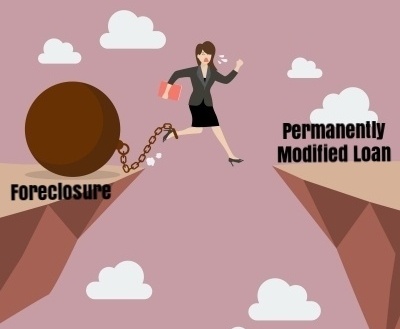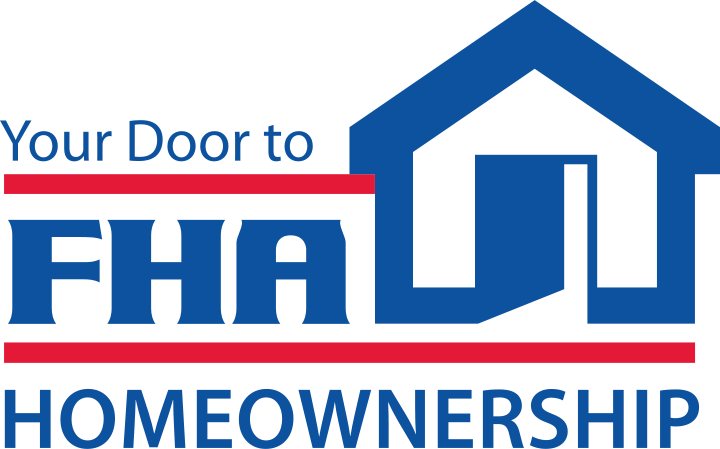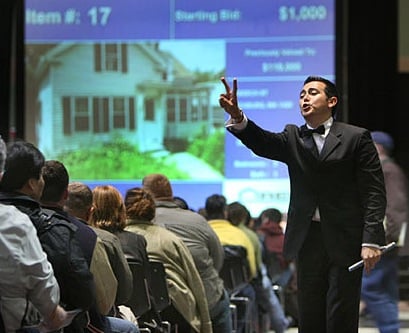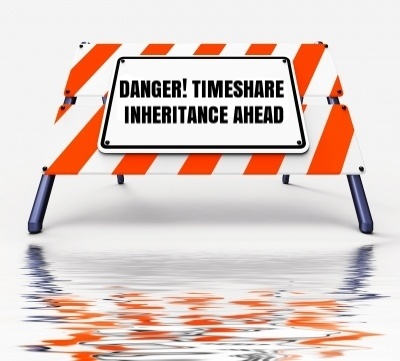HAMP, the federal government's loan modification program, expired December 31, 2016, but we're still talking about it in 2018. Loan modifications remain a possibility for homeowners who need help avoiding foreclosure and keeping their home.
What Was HAMP?
In 2009, during the subprime mortgage crisis, foreclosures were happening at a rate not seen since the Great Depression. The Obama administration created HAMP to help struggling homeowners avoid foreclosure by modifying the terms of their loans to make them affordable.
HAMP provided guidelines for modifying mortgages and incentives for lenders to do so rather than foreclose. The program allowed for the term of the loan to be extended, the interest rate to be lowered, and the principal balance to be reduced or restructured so that the monthly mortgage payment was lowered to an affordable percentage of the borrower's current income.


















